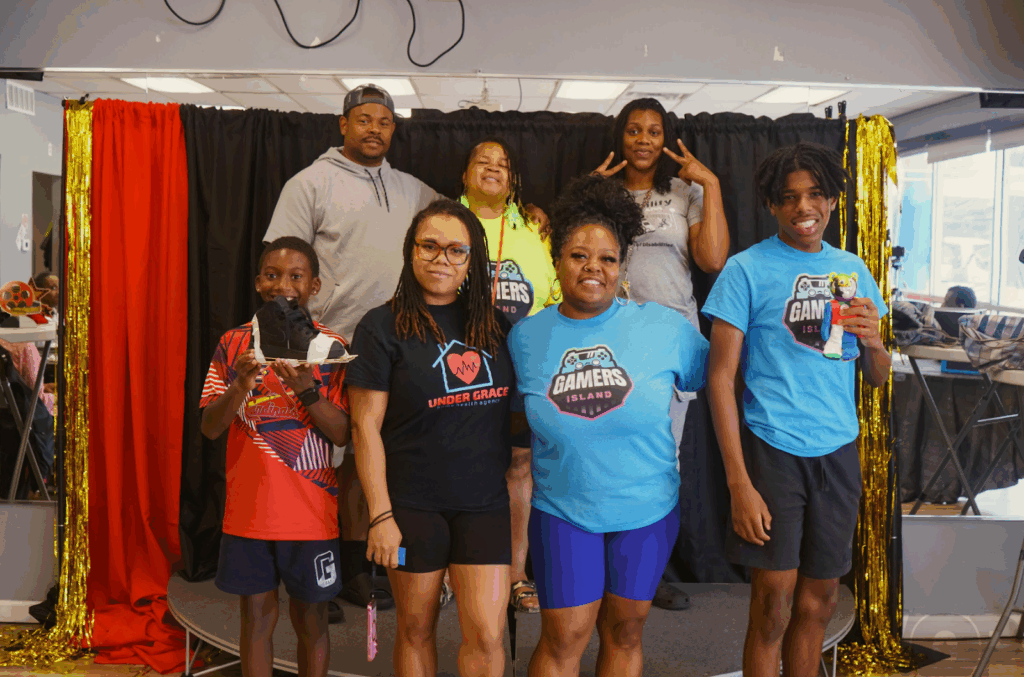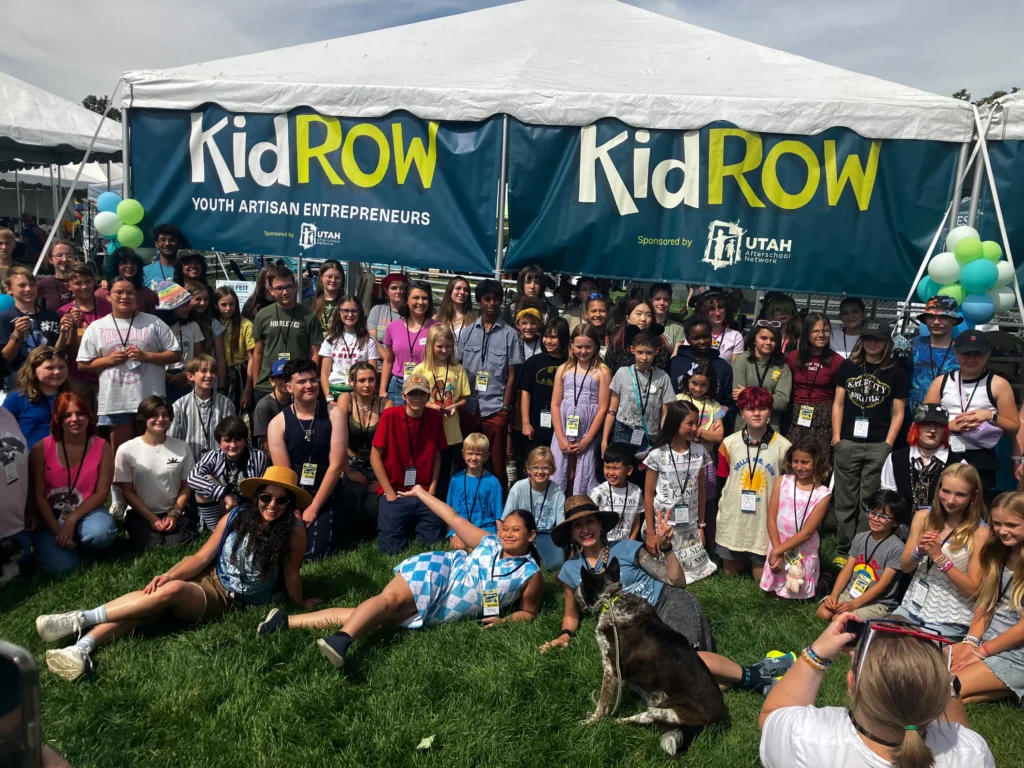
Strategies to Encourage a Curious Child: Find What Drives Them
Dr. Cristal Glangchai |
February 6, 2018

How can you encourage a curious child to move from first ponderings to a quest of discovery?
From Frans Johansson’s insights into what he has called the “Medici Effect,” in which combining disciplines leads to creative discoveries, and from my own work as a scientist and as an entrepreneurship educator, I’ve have identified seven strategies that play out in the entrepreneurial class.
I’ll outline these strategies here and in my next few blogs. Here is the first one:
1. Reawaken drive
Daniel Pink, with his degree from Yale Law School, where he’d been editor-in-chief of the law review, seemed destined to become a lawyer. Instead, driven by his interest in human behavior, he did the unexpected. Today he is one of the most widely regarded thinkers on the subject of human motivation. Why do people do what they do? What drives us? What if traditional incentives like carrots and sticks are misguided?
In Drive: The Surprising Truth about What Motivates Us, Pink details the difference between internal drive—that is, a child’s curiosity, discovery and problem-solving—and extrinsic incentives. Children operating on their internal drive—and, as Pink notes, even animals that operate on their own drive—work harder, longer, and more thoroughly than children who respond to external incentives. Drive must reside within.
When you remove testing and external rewards from learning, you can reawaken drive. Creativity is best sparked within the minds of children in areas that interest them. And since creativity can be expressed in any field of study, and in infinite ways, it’s worth pursuing learning that is deeply personal and individualized to our child’s passions.
To me, witnessing the diversity of interests and strengths that pop up during groupwork from our curriculum, points to one of the best things about entrepreneurial learning.
Once girls are immersed in a team project, their thoughts take off. Their rewards aren’t test scores; they are moments of inner thrill when they realize their ideas just might work, or when they are working collaboratively to overcome a challenge. They are free to try and test whatever ideas they have.
We don’t need to tell them that what they are doing is creative. They feel the energy that comes with tackling a problem you’re passionate about solving.



